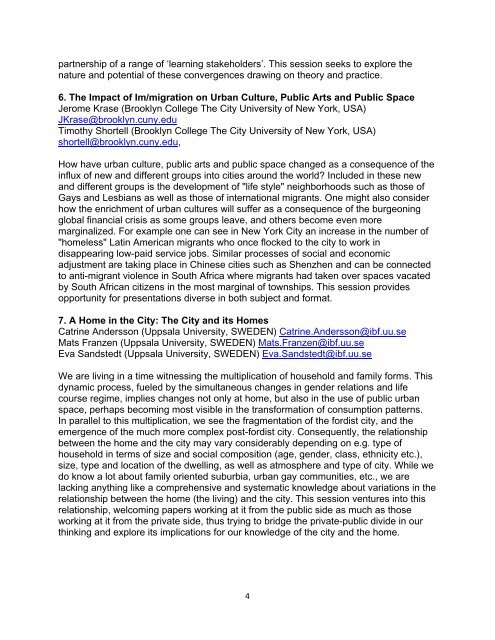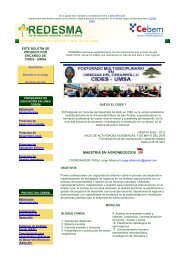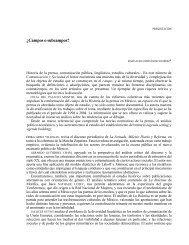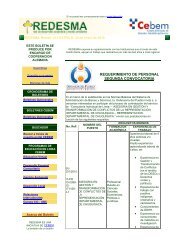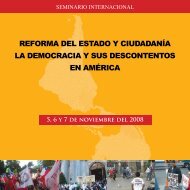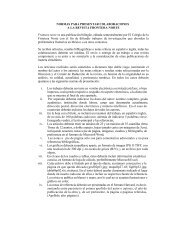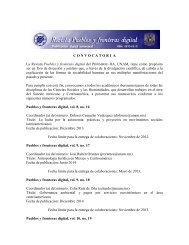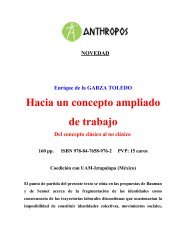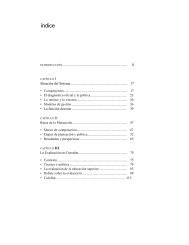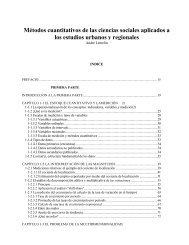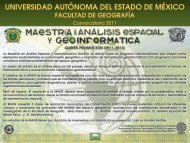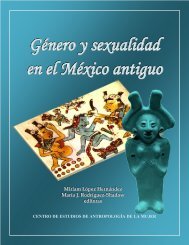RC21 Call for Papers XVII ISA World Congress of Sociology ...
RC21 Call for Papers XVII ISA World Congress of Sociology ...
RC21 Call for Papers XVII ISA World Congress of Sociology ...
- No tags were found...
You also want an ePaper? Increase the reach of your titles
YUMPU automatically turns print PDFs into web optimized ePapers that Google loves.
partnership <strong>of</strong> a range <strong>of</strong> ‘learning stakeholders’. This session seeks to explore thenature and potential <strong>of</strong> these convergences drawing on theory and practice.6. The Impact <strong>of</strong> Im/migration on Urban Culture, Public Arts and Public SpaceJerome Krase (Brooklyn College The City University <strong>of</strong> New York, USA)JKrase@brooklyn.cuny.eduTimothy Shortell (Brooklyn College The City University <strong>of</strong> New York, USA)shortell@brooklyn.cuny.edu,How have urban culture, public arts and public space changed as a consequence <strong>of</strong> theinflux <strong>of</strong> new and different groups into cities around the world? Included in these newand different groups is the development <strong>of</strong> "life style" neighborhoods such as those <strong>of</strong>Gays and Lesbians as well as those <strong>of</strong> international migrants. One might also considerhow the enrichment <strong>of</strong> urban cultures will suffer as a consequence <strong>of</strong> the burgeoningglobal financial crisis as some groups leave, and others become even moremarginalized. For example one can see in New York City an increase in the number <strong>of</strong>"homeless" Latin American migrants who once flocked to the city to work indisappearing low-paid service jobs. Similar processes <strong>of</strong> social and economicadjustment are taking place in Chinese cities such as Shenzhen and can be connectedto anti-migrant violence in South Africa where migrants had taken over spaces vacatedby South African citizens in the most marginal <strong>of</strong> townships. This session providesopportunity <strong>for</strong> presentations diverse in both subject and <strong>for</strong>mat.7. A Home in the City: The City and its HomesCatrine Andersson (Uppsala University, SWEDEN) Catrine.Andersson@ibf.uu.seMats Franzen (Uppsala University, SWEDEN) Mats.Franzen@ibf.uu.seEva Sandstedt (Uppsala University, SWEDEN) Eva.Sandstedt@ibf.uu.seWe are living in a time witnessing the multiplication <strong>of</strong> household and family <strong>for</strong>ms. Thisdynamic process, fueled by the simultaneous changes in gender relations and lifecourse regime, implies changes not only at home, but also in the use <strong>of</strong> public urbanspace, perhaps becoming most visible in the trans<strong>for</strong>mation <strong>of</strong> consumption patterns.In parallel to this multiplication, we see the fragmentation <strong>of</strong> the <strong>for</strong>dist city, and theemergence <strong>of</strong> the much more complex post-<strong>for</strong>dist city. Consequently, the relationshipbetween the home and the city may vary considerably depending on e.g. type <strong>of</strong>household in terms <strong>of</strong> size and social composition (age, gender, class, ethnicity etc.),size, type and location <strong>of</strong> the dwelling, as well as atmosphere and type <strong>of</strong> city. While wedo know a lot about family oriented suburbia, urban gay communities, etc., we arelacking anything like a comprehensive and systematic knowledge about variations in therelationship between the home (the living) and the city. This session ventures into thisrelationship, welcoming papers working at it from the public side as much as thoseworking at it from the private side, thus trying to bridge the private-public divide in ourthinking and explore its implications <strong>for</strong> our knowledge <strong>of</strong> the city and the home.4


